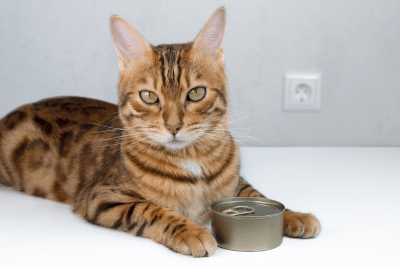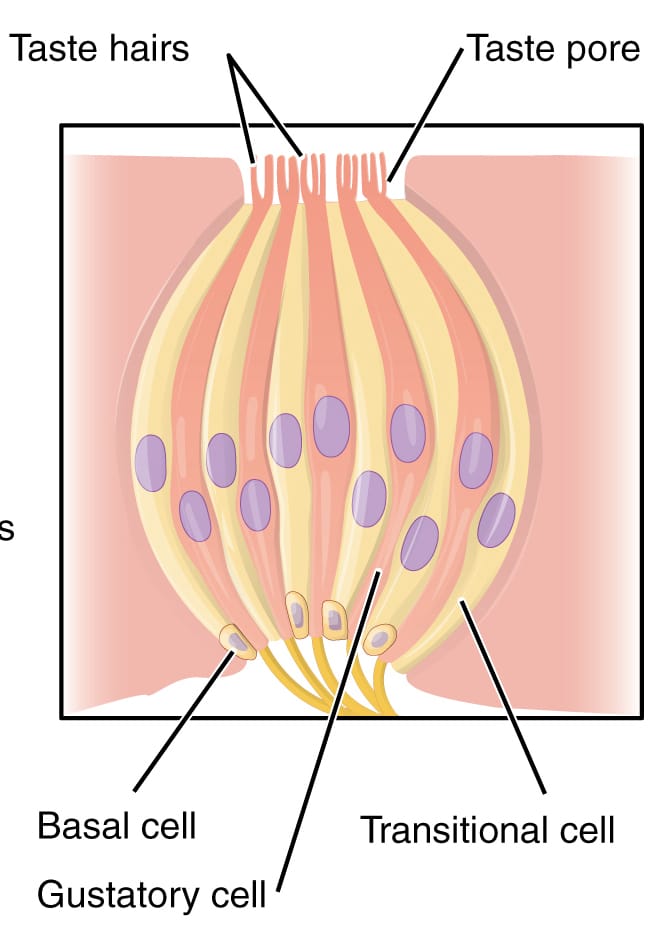The Surprising Science Behind Your Cat’s Tuna Obsession

The Surprising Science Behind Your Cat’s Tuna Obsession
Some pets are picky eaters. I know cats who will refuse a can of their favorite food because the company has made the flavor “new and improved.” Likewise, I know dogs who will refuse the last few stale kibbles at the bottom of the bag. In both cases, taste is the issue, not an illness causing the pet to turn up his or her nose at breakfast. Taste is one of the five senses, but it is often overlooked, especially with our animal companions. Today’s blogpost will focus on taste buds.
Taste Buds Are Tiny Organs

Taste buds are aptly named as each taste bud looks like a flower about to burst into bloom. Despite being about one one-thousandth of an inch in diameter, each taste bud is an organ, just like the much larger liver, heart or brain. Each taste bud contains an opening where the taste molecules enter. The molecules bind to taste receptor cells and send messages through the nerves to the brain. The brain then interprets the taste of the food being eaten as a sensation the animal feels. Taste buds are not all the same; each type detects a different flavor: sweet, sour, salty, bitter and umami. Umami flavor has been described as savory or meaty.
Taste Buds Control Your Cat’s Tuna Fetish
A recent feline study looked at the genes known to control umami taste in humans. Turns out, cats express an umami gene very similar to the human one. The feline version of the gene makes cat taste buds especially sensitive to meat flavors, a particularly important modification for an obligate carnivore. These feline umami taste buds are exquisitely sensitive to the molecules inosine monophosphate and free l-Histidine which just happen to be found in high levels in mahi mahi and yellow tail tuna. Finally, a scientific explanation for why your cat goes nuts for tuna! Turkey, beef, chicken, pork and lamb have undetectable levels of inosine monophosphate and free l-Histidine, which explains why they may not be your cat’s preferred treat.
No Sweet Spot for Cats
Your cat’s enhanced taste for tuna is not matched by an ability to taste something sweet. Genetic studies show cats lack one half of the receptor for sweet flavors, and their behavior is typical of someone lacking a sweet tooth. AMC’s Level 1 Trauma Center treats many dogs for overdosing on chocolate, but I don’t ever remember a cat being treated for the same problem. An even more dangerous sweet-tasting toxin is automobile antifreeze, which is lethal in just small amounts for pet. Again, it is more often dogs’ sweet tooth that gets them in trouble at higher rates than cats.
What To Do If Your Pet Refuses to Eat
If your pet refuses to eat, be sure the flavor profile of their food has not changed. When your pet refuses to eat for more than a day or two, seek the advice of your veterinarian on the next steps.

































